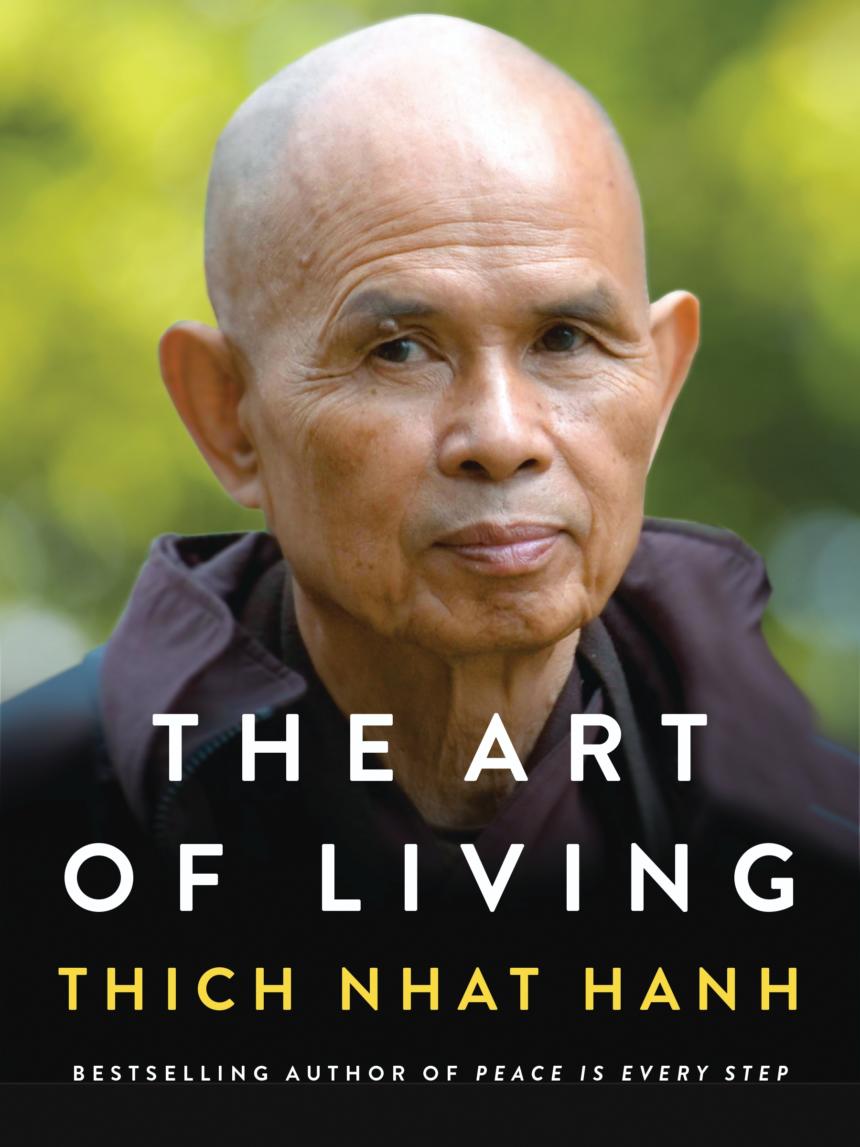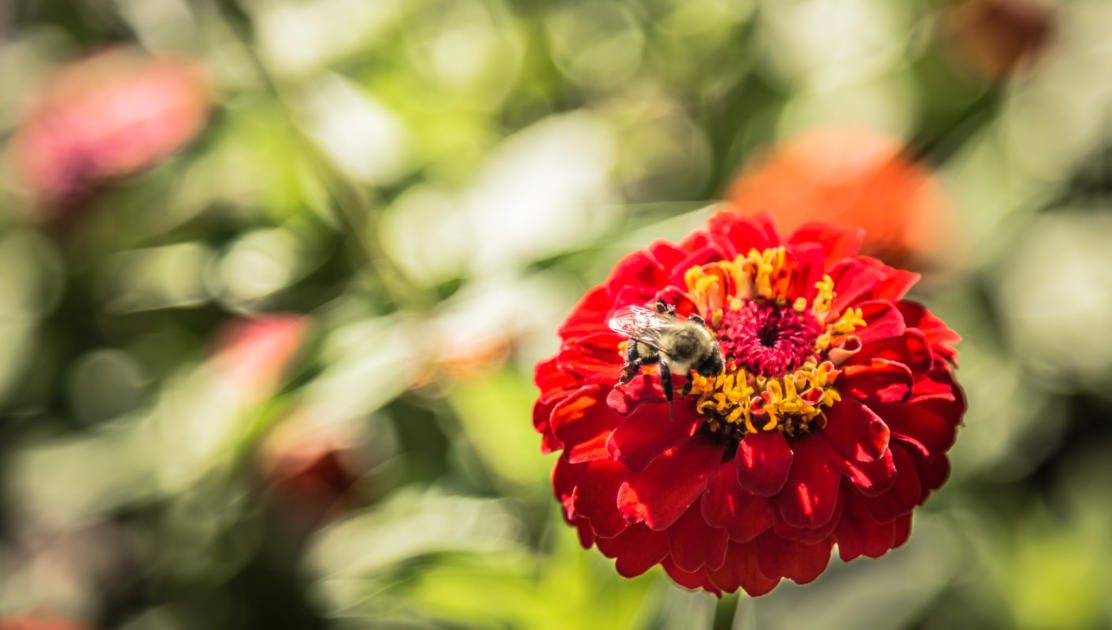The Insight of Interbeing
Everything relies on everything else in order to manifest.
By Thich Nhat HanhEmptiness does not mean nothingness. Saying that we are empty does not mean that we do not exist. No matter if something is full or empty, that thing clearly needs to be there in the first place. When we say a cup is empty, the cup must be there in order to be empty. When we say that we are empty, it means that we must be there in order to be empty of a permanent, separate self.
About thirty years ago I was looking for an English word to describe our deep interconnection with everything else. I liked the word “togetherness,” but I finally came up with the word “interbeing.” The verb “to be” can be misleading, because we cannot be by ourselves, alone. “To be” is always to “inter-be.” If we combine the prefix “inter” with the verb “to be,” we have a new verb, “inter-be.” To inter-be and the action of interbeing reflects reality more accurately. We inter-are with one another and with all life.
 There is a biologist named Lewis Thomas, whose work I appreciate very much. He describes how our human bodies are “shared, rented, and occupied” by countless other tiny organisms, without whom we couldn’t “move a muscle, drum a finger, or think a thought.” Our body is a community, and the trillions of non-human cells in our body are even more numerous than the human cells. Without them, we could not be here in this moment. Without them, we wouldn’t be able to think, to feel, or to speak. There are, he says, no solitary beings. The whole planet is one giant, living, breathing cell, with all its working parts linked in symbiosis.
There is a biologist named Lewis Thomas, whose work I appreciate very much. He describes how our human bodies are “shared, rented, and occupied” by countless other tiny organisms, without whom we couldn’t “move a muscle, drum a finger, or think a thought.” Our body is a community, and the trillions of non-human cells in our body are even more numerous than the human cells. Without them, we could not be here in this moment. Without them, we wouldn’t be able to think, to feel, or to speak. There are, he says, no solitary beings. The whole planet is one giant, living, breathing cell, with all its working parts linked in symbiosis.
We can observe emptiness and interbeing everywhere in our daily life. If we look at a child, it’s easy to see the child’s mother and father, grandmother and grandfather, in her. The way she looks, the way she acts, the things she says. Even her skills and talents are the same as her parents’. If at times we cannot understand why the child is acting a certain way, it is helpful to remember that she is not a separate self-entity. She is a continuation. Her parents and ancestors are inside her. When she walks and talks, they walk and talk as well. Looking into the child, we can be in touch with her parents and ancestors, but equally, looking into the parent, we can see the child. We do not exist independently. We inter-are.
Everything relies on everything else in the cosmos in order to manifest—whether a star, a cloud, a flower, a tree, or you and me.
I remember one time when I was in London, doing walking meditation along the street, and I saw a book displayed in a bookshop window with the title My Mother, Myself. I didn’t buy the book because I felt I already knew what was inside. It’s true that each one of us is a continuation of our mother; we are our mother. And so whenever we are angry at our mother or father, we are also being angry at ourselves. Whatever we do, our parents are doing it with us. This may be hard to accept, but it’s the truth. We can’t say we don’t want to have anything to do with our parents. They are in us, and we are in them. We are the continuation of all our ancestors. Thanks to impermanence, we have a chance to transform our inheritance in a beautiful direction.
Every time I offer incense or prostrate before the altar in my hermitage, I do not do this as an individual self but as a whole lineage. Whenever I walk, sit, eat, or practice calligraphy, I do so with the awareness that all my ancestors are within me in that moment. I am their continuation. Whatever I am doing, the energy of mindfulness enables me to do it as “us,” through interbeing, not as “me.” When I hold a calligraphy brush, I know I cannot remove my father from my hand. I know I cannot remove my mother or my ancestors from me. They are present in all my cells, in my gestures, in my capacity to draw a beautiful circle. Nor can I remove my spiritual teachers from my hand. They are there in the peace, concentration, and mindfulness I enjoy as I make the circle. We are all drawing the circle together. There is no separate self doing it. While practicing calligraphy, I touch the profound insight of no self. It becomes a deep practice of meditation.
Whether we’re at work or at home, we can practice to see all our ancestors and teachers present in our actions. We can see their presence when we express a talent or skill they have transmitted to us. We can see their hands in ours as we prepare a meal or wash the dishes. We can experience profound connection and free ourselves from the idea that we are a separate self through the conscious recognition of interbeing.
Thich Nhat Hanh is a Vietnamese Buddhist Zen master, poet, scholar, and peace activist who was nominated for the Nobel Peace Prize by Dr. Martin Luther King Jr. He is the author of many bestselling books, including the classics Peace Is Every Step, Fear, and The Art of Power.
Excerpted from The Art of Living by Thich Nhat Hanh with permission by HarperOne, an imprint of HarperCollins Publishers. Copyright 2017.

This article hit me like a ton of bricks. It’s mind boggling on how we’re not only interconnected psychologically, but also physically (ancestors, neighbors, etc.,). We’re definitely shared, rented, & occupied by countless tiny organisms for their benefit as well as ours. The absolutely hilarious part of our existence is our education system, competitiveness & do onto others before they do you is the antithesis of our functioning reality or the reality that our creator set up for us. No wonder we’re screwed up as all of mightily try to be something we were never designed to be!!!!